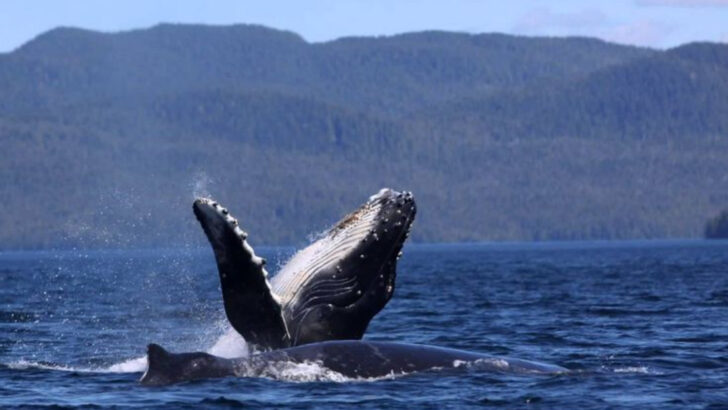Whales are not gentle giants.
They’re ocean titans with secrets deeper than the Mariana Trench.
These creatures can shatter eardrums with a single call, outswim boats, and some of them don’t sleep the way we think sleep even works.
Forget the peaceful humpback gliding through blue waters—some whales have brutal feeding habits, strange love lives, and minds sharp enough to remember pain.
There’s wonder here, for sure.
There’s also heartbreak.
Because for every jaw-dropping fact about these magnificent beasts, there’s one that hits like a wave to the chest.
Ready to get amazed, shocked, and maybe a little sad?
Let’s dive into nine whale facts that’ll blow your mind—
and three that might haunt you.
The Largest Animal on Earth

The blue whale holds the title of the largest animal ever known to have existed on Earth. Imagine a creature that can weigh as much as 200 tons and span up to 100 feet in length. This gentle giant’s heart alone can be as large as a small car, pumping tons of blood through its massive body. Despite its size, the blue whale feeds primarily on tiny krill, consuming up to 4 tons daily. Its sheer magnitude is a testament to the wonders of nature.
The majestic presence of the blue whale is a sight to behold, giving us a glimpse into the grandeur of the ocean’s inhabitants.
Whale Songs and Communication
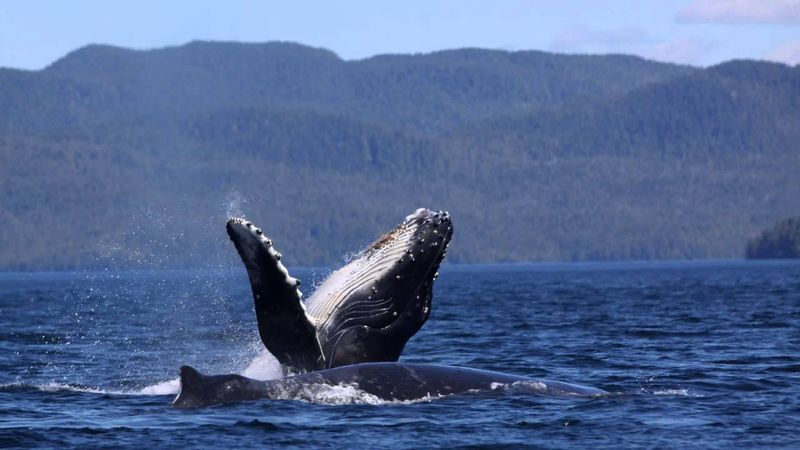
Humpback whales are renowned for their complex songs, which can travel great distances through the ocean. These haunting melodies serve various purposes, such as attracting mates and communicating with other whales. Scientists are still unraveling the mysteries behind these vocalizations, but it’s clear that each song is unique to its singer. Whales are able to modify their tunes, showcasing their adaptability and intelligence.
The beauty and complexity of whale songs highlight the deep connections these creatures have with one another, turning the ocean into a vast, melodic concert hall.
The Mysterious Narwhal
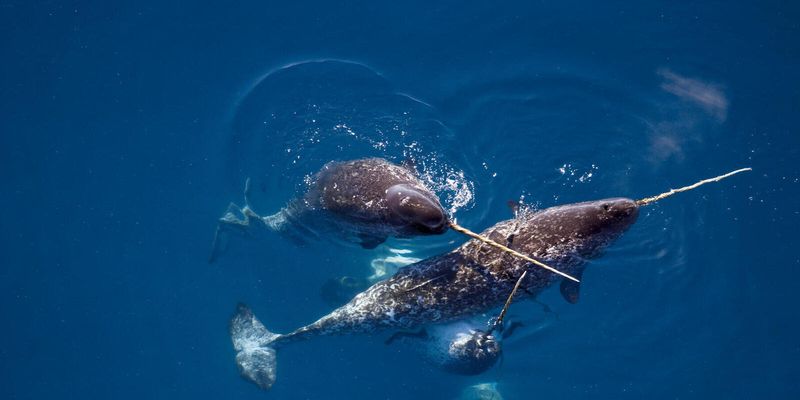
With its long, spiraled tusk, the narwhal has often been dubbed the ‘unicorn of the sea.’ This tusk is actually an elongated tooth, and can grow up to 10 feet long. Scientists believe it plays a role in mating rituals and social interactions. Narwhals are elusive creatures, residing mainly in the Arctic waters and are seldom seen by humans.
Their mysterious nature and enchanting appearance continue to captivate imaginations, sparking curiosity and wonder about the hidden wonders lurking beneath the ice.
Orcas: Apex Predators
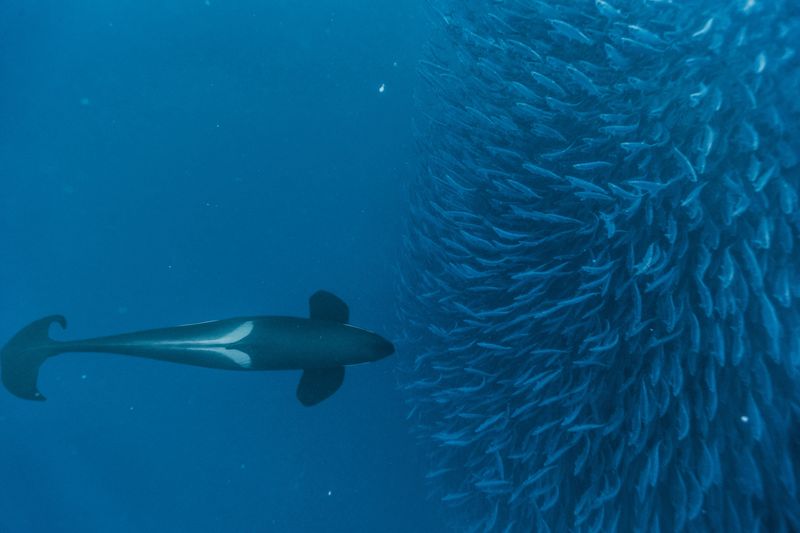
Orcas, or killer whales, are among the ocean’s most formidable predators. They are known for their remarkable hunting techniques and social structures. Living in pods, orcas display complex social behaviors and communicate using distinct calls. Their diets vary greatly, ranging from fish to seals and even other whales.
Orcas’ intelligence and adaptability make them fascinating subjects of study, highlighting their role as apex predators and the intricate balance of marine ecosystems.
The Gentle Giant: Whale Sharks
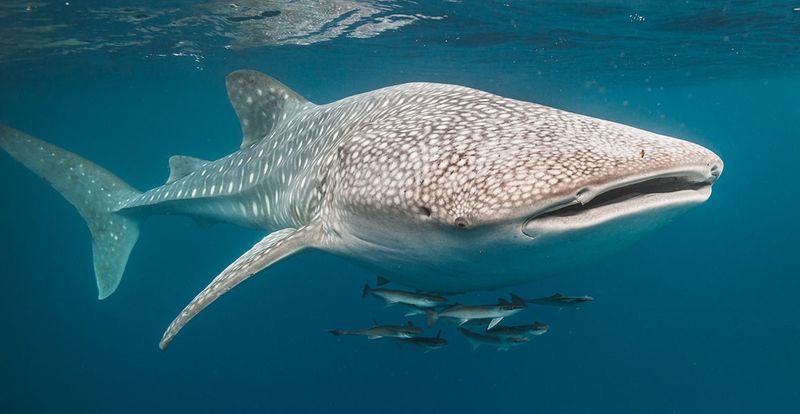
Despite their name, whale sharks are not whales but the largest fish in the sea. These gentle giants can grow up to 40 feet long and are known for their docile nature. Whale sharks primarily feed on plankton, filtering vast amounts of water through their gills. Their peaceful demeanor and impressive size make them popular attractions for divers looking to swim alongside them.
As the ambassadors of the ocean’s depths, whale sharks inspire awe and respect for the diversity of marine life.
Bowhead Whales and Longevity

Bowhead whales are remarkable for their longevity, with some individuals living over 200 years. These Arctic dwellers have adapted to their icy environment with thick blubber and large heads to break through ice. Their long lifespans allow them to be witnesses to centuries of change in their habitat.
The resilience and endurance of bowhead whales offer insights into the mysteries of aging and survival in the harshest of environments.
The Sperm Whale’s Deep Dives
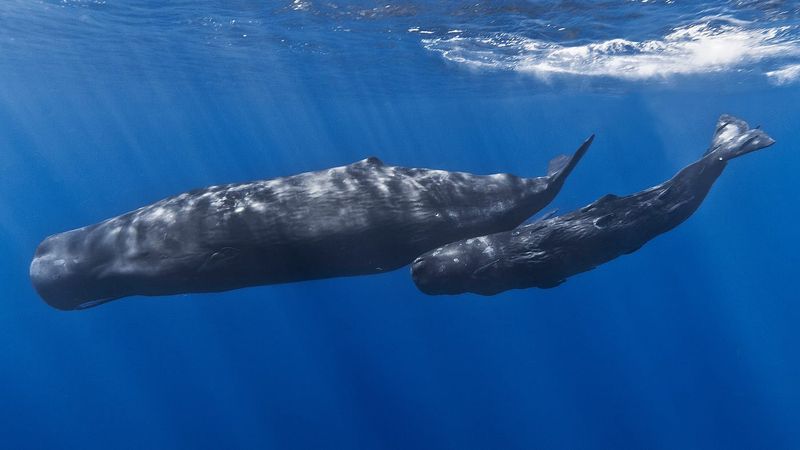
Sperm whales are famous for their ability to dive to incredible depths, reaching over 7,000 feet in search of squid. These dives can last up to 90 minutes, showcasing their exceptional adaptations for deep-sea exploration. They possess the largest brain of any animal, which aids in echolocation and navigation in the dark waters.
The sperm whale’s deep-sea adventures reveal the extraordinary capabilities of nature’s most adept divers, pushing the boundaries of survival in the ocean’s mysterious depths.
Humpback Whale Breaching
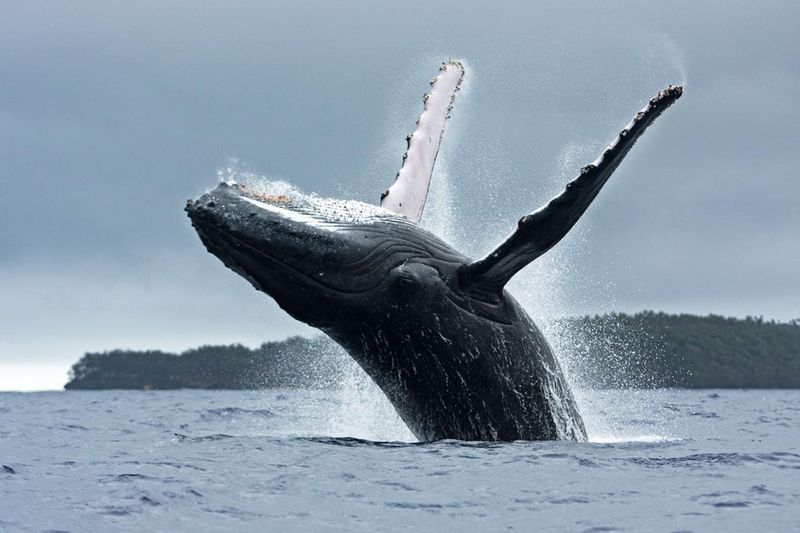
Few sights are as breathtaking as a humpback whale breaching the ocean’s surface. This behavior, where the whale leaps out of the water, is both a form of communication and play. Researchers continue to study the reasons behind breaching, which may include removing parasites and communicating social status.
The grace and power of a breaching humpback whale serve as a reminder of the playful and dynamic nature of these majestic marine animals.
Whale Migration Journeys
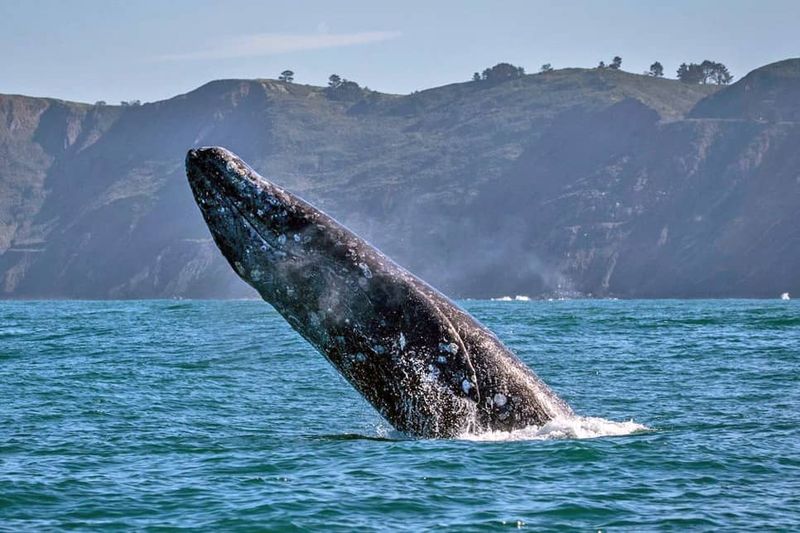
Whale migrations are among the longest in the animal kingdom, with some species traveling thousands of miles between feeding and breeding grounds. Gray whales, for example, journey from the Arctic to Mexican lagoons each year. These epic migrations showcase the endurance and navigational skills of whales.
The incredible journeys of migrating whales connect different parts of the world, emphasizing the interconnectedness of marine ecosystems.
Whale Stranding Mysteries
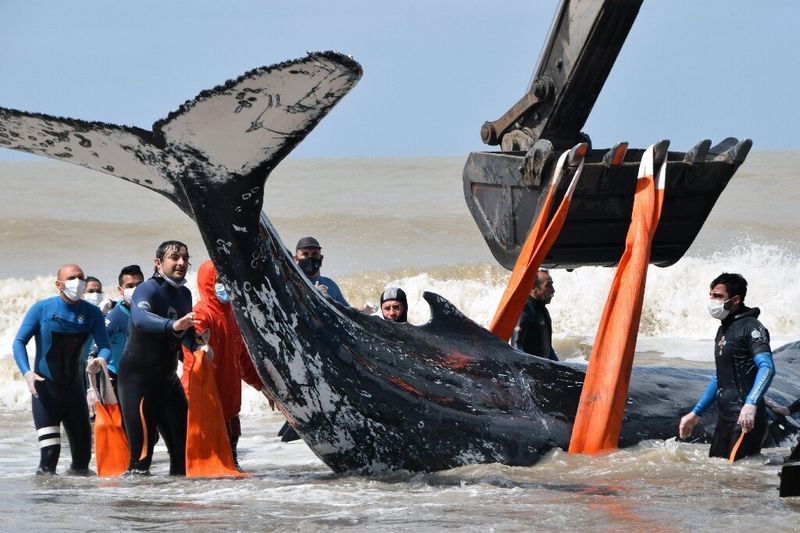
Sadly, whale strandings are an unfortunate reality, with causes ranging from illness to navigational errors. These events often attract significant attention, as rescue teams and scientists strive to understand and mitigate the phenomenon. The reasons behind strandings remain largely unknown, posing challenges for conservationists.
The plight of stranded whales serves as a somber reminder of the vulnerabilities these giants face in an ever-changing world.
Impact of Pollution on Whales
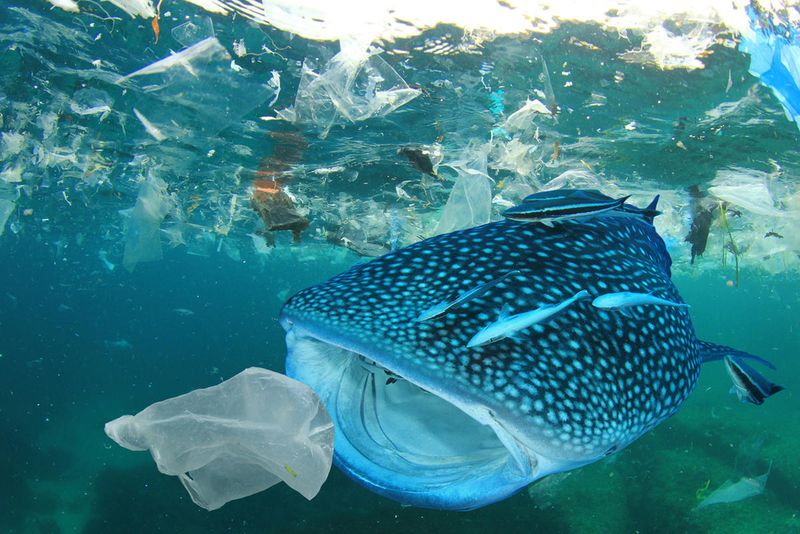
The impact of pollution on whales is distressing. From ingesting plastic debris to suffering from toxic chemical exposure, whales face significant threats from human activities. These pollutants can accumulate in whale blubber, leading to health problems and affecting reproduction. Conservation efforts are crucial in addressing these challenges.
The stark reality of pollution’s impact on whales calls for urgent action to protect these magnificent creatures and their habitats.
Threats from Whaling

Whaling has a profound and troubling impact on whale populations. Historically, whaling decimated many species, pushing some to the brink of extinction. Despite international bans, illegal whaling persists, threatening recovery efforts. Understanding the history of whaling is crucial in shaping future conservation policies.
The ongoing threat of whaling underscores the need for global cooperation in protecting these majestic creatures from further harm.

